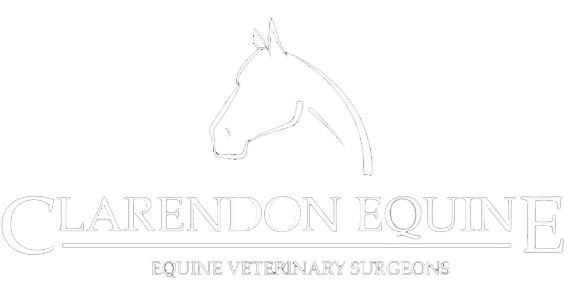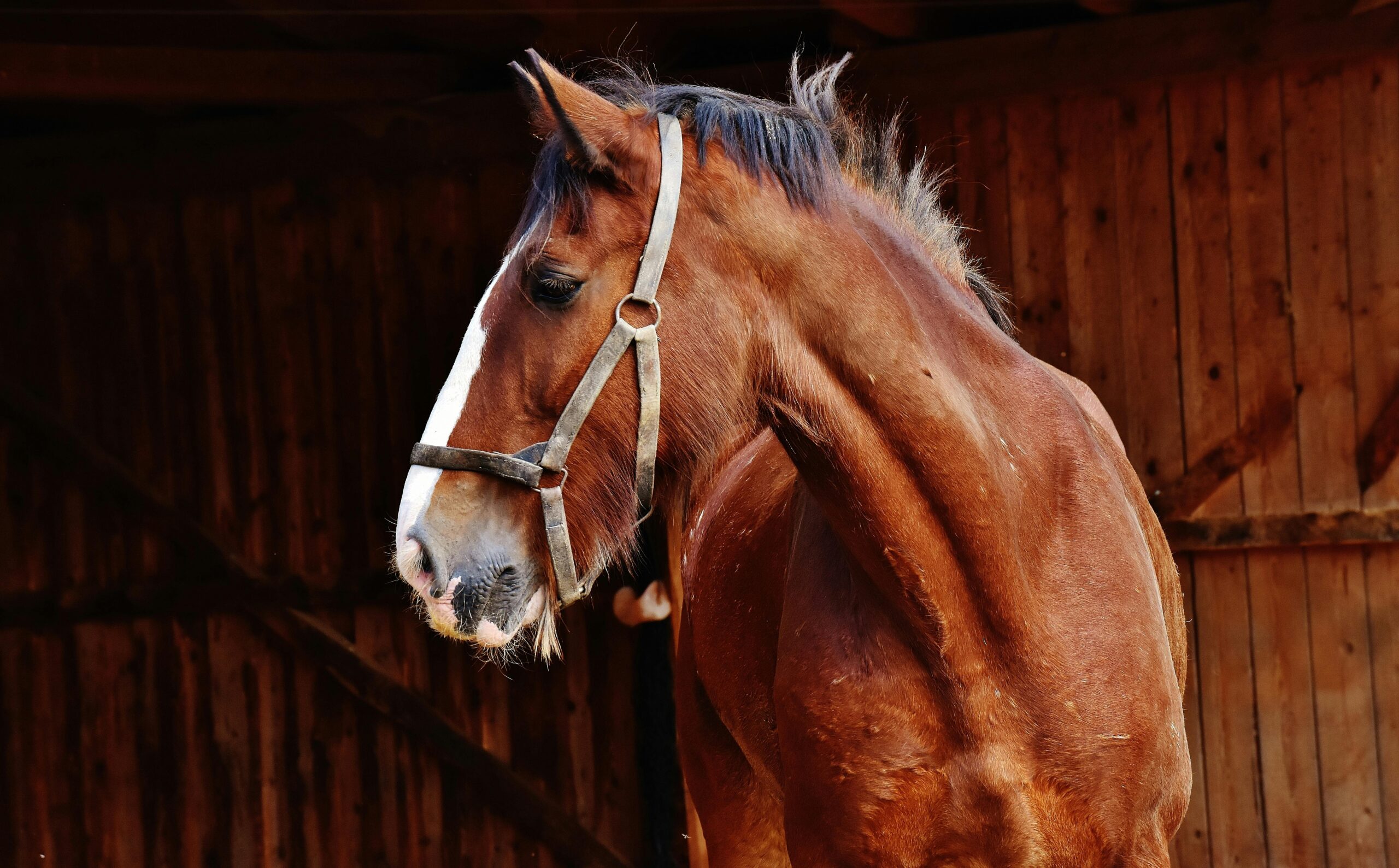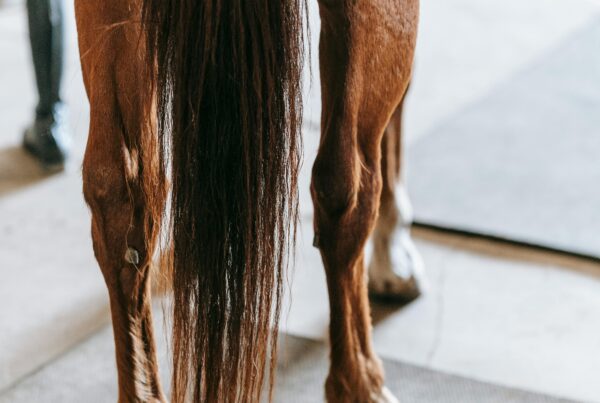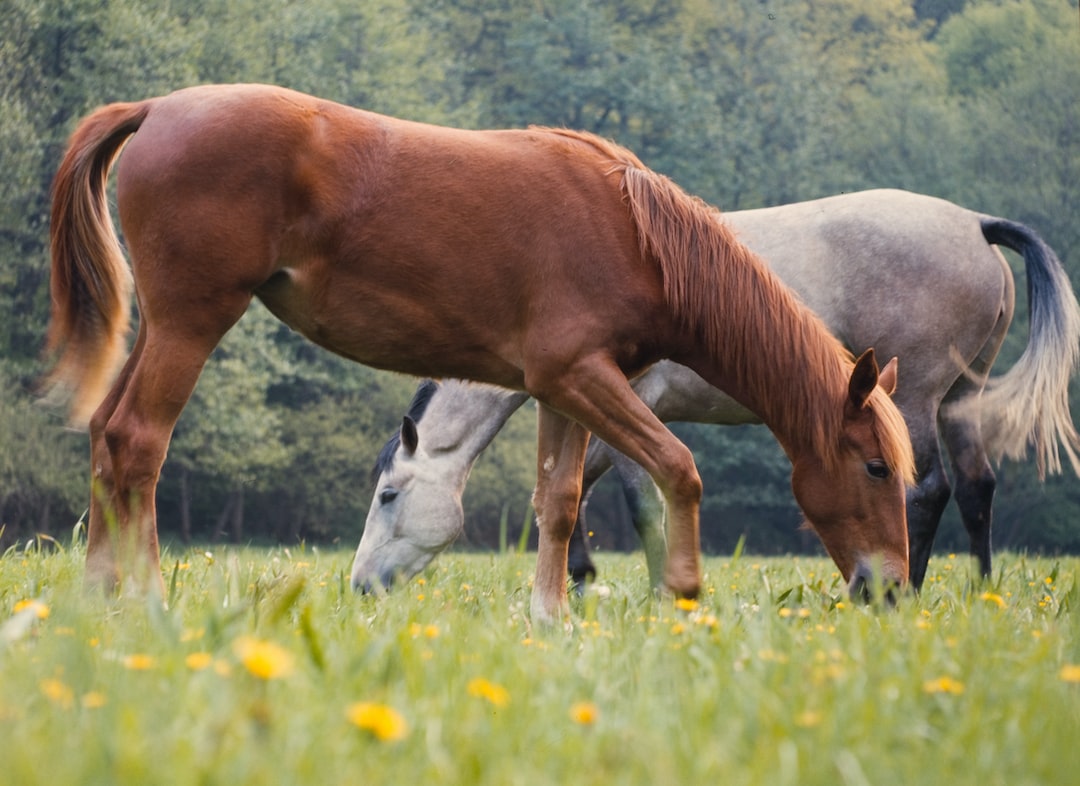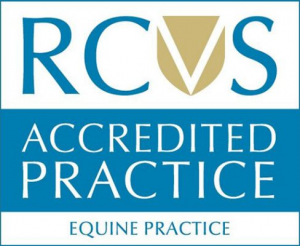Equine Gastric Ulcer Syndrome or EGUS is the term used to describe the presence of ulcerative lesions on the internal surface of the horse’s stomach.
Anyone who has ever suffered from stomach ulcers or heartburn can sympathise that this is a disease that can cause long-term discomfort and as such, warrants investigation and treatment in our horses.
To understand the different types of gastric ulcers, we should first think about the anatomy of the stomach.
Explaining equine stomachs and ulcers
The equine stomach is quite small in relation to their size and has a capacity of about 5-15 litres. Unlike humans, the stomach of the horse is divided into two distinct regions. The squamous (non-glandular) region and the glandular region. The squamous portion occupies the upper third of the stomach and is most susceptible to acid attack. The glandular region is responsible for producing acid and mucus, so is more resistant to gastric acid.
In general, we can divide ulceration into two categories, Equine Squamous Gastric Disease (ESGD) or squamous ulcers and Equine Glandular Gastric Disease (EGGD) or glandular disease. We should look at these two diseases as related but distinct conditions, each with its own underlying causes and subsequent treatment.
Equine Squamous Gastric Disease
Squamous ulcers are the most commonly diagnosed form. They occur when there is too much acid in the stomach. Predisposing factors include fasting, intensive exercise (where acid splashes up across the squamous area), stress, such as travel, changes in routine as well as high grain and low fibre diets.
The clinical signs associated with squamous ulceration include poor performance, intermittent colic (usually low grade), and behavioural changes, for example girthiness and reduced appetite.
Equine Glandular Gastric disease
Equine Glandular Gastric disease affects the lower part of the stomach, including the opening to the duodenum. In a healthy stomach, a thick mucus and bicarbonate layer protects this area from acid. However, in EGGD, there is a failure of this protective mechanism, exposing the lining to acid. Some predisposing factors include NSAID overuse (drugs like bute), exercise, stress or possibly bacterial involvement. It should be mentioned that NSAIDs are generally quite safe at the recommended doses and withholding them may cause more pain from stress. Your vet will be able to recommend the appropriate treatment options for pain such as lameness if there is a concern over gastric ulceration in your horse.
The clinical signs associated with EGGD can be very vague and non-specific and may include reduced appetite, lethargy, girthiness or poor coat condition. You or your vet may have a high index of suspicion of gastric ulceration, but the symptoms are usually too vague to be useful in diagnosis.
Diagnosis
Gastric ulceration can only reliably be diagnosed with the use of gastroscopy, where a flexible camera is passed into the stomach for the vets to visualise the surface of the stomach lining, under a standing sedation. Gastroscopy is used both to diagnose and to monitor the response to treatment. If necessary, in some cases, usually if there is a poor response to treatment, your vet may need to take a biopsy, which needs to be carried out via gastroscopy. Gastroscopy can be performed at the vet clinic or on your yard, depending on your facilities. Horses do need to be starved before the procedure, so many owners prefer their horses to stay overnight at the practice before the procedure. We need the stomach to be as empty as possible so that we can see as much of the surface as possible. It is a relatively safe procedure, the main risk is for mild colic afterwards, which often responds to medical management or occasionally a nosebleed during the procedure. Vets will try to minimise the risk of any problems by using sedation and by monitoring the horse closely during and immediately after the procedure.
Treatment
The treatment options differ according to the type of ulceration. Omeprazole, a proton pump inhibitor, which reduces the secretion of acid into the stomach and raises the pH of gastric contents is one of the most commonly used drugs. It can be given orally or by injection and the treatment course usually lasts at least a month. It is highly effective for squamous ulcers as they are primarily caused by gastric acid. However, as glandular lesions are usually caused by a failure of the protective mechanism, a different treatment is needed. Drugs such as sucralfate coat the lining, protecting it from gastric acid. Misoprostol is a drug used to improve the blood flow to the gastric lining, which can help to promote healing.
Additional management and prevention
In general, dietary changes focus on making sure that the horse is not deprived of food for prolonged periods of time. Feeding little and often is best, and small holed hay nets or slow feeders will really help with this. Hay or forage should be provided before exercise to minimise the risk of gastric acid splashing up over the squamous portion of the stomach. The hay acts as a raft which physically reduces acid splashing. It is also best to reduce the amount of starch in the diet. If your horse needs extra calories, these can be provided in the form of oil, added to the feed or included in a mixed ration. Finally, increased access to turnout and companions will help to reduce stress overall whilst allowing access to forage. Some horses may also be suffering from conditions such as laminitis and may need to have reduced access to grass, in such cases, our vets will be able to offer appropriate advice.
In conclusion, whilst there is no single way to prevent gastric ulcers, accurate diagnosis, appropriate medical treatment and dietary management will offer the best chance of both healing existing ulcers and minimising the risk of occurrence. The only definitive way to diagnose the condition is by gastroscopy and direct visualisation of the lesions. Long term success relies on continued management practice, with veterinary input if there are any concerns. If you are worried that your horse may be suffering from ulcers, please contact the clinic and our vets will be happy to advise you.
